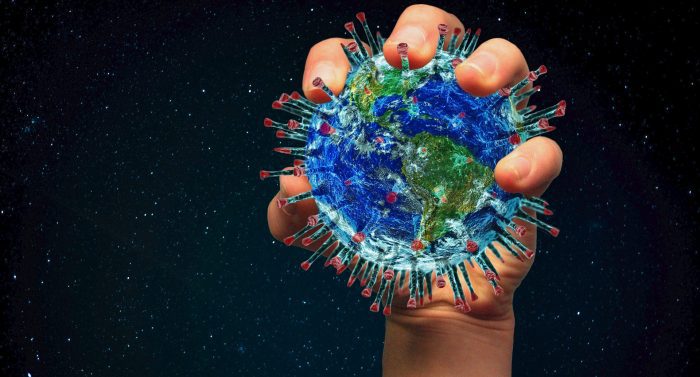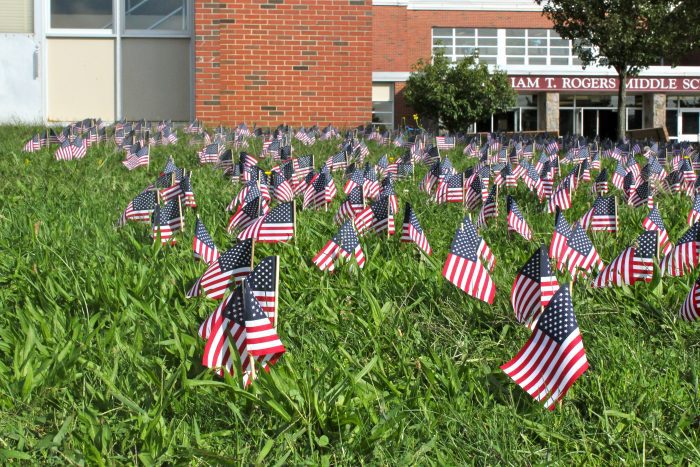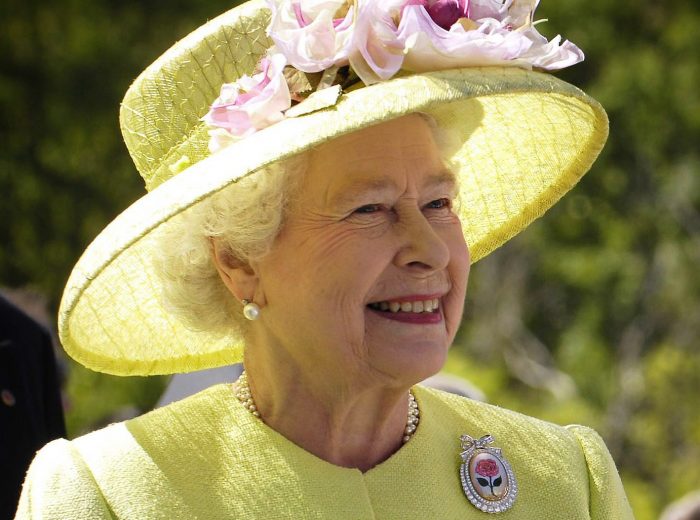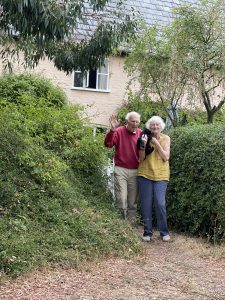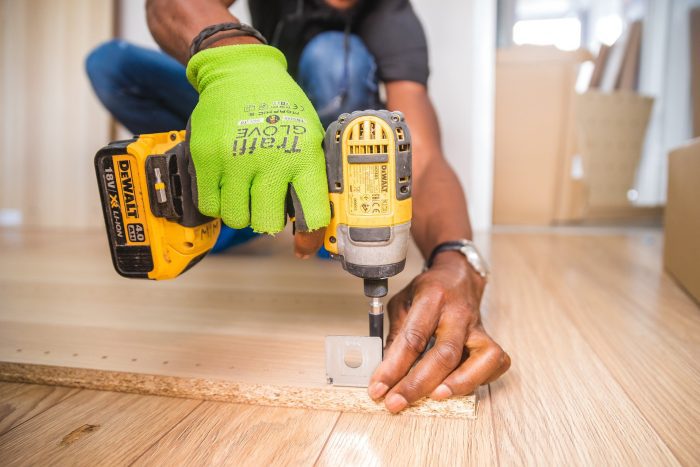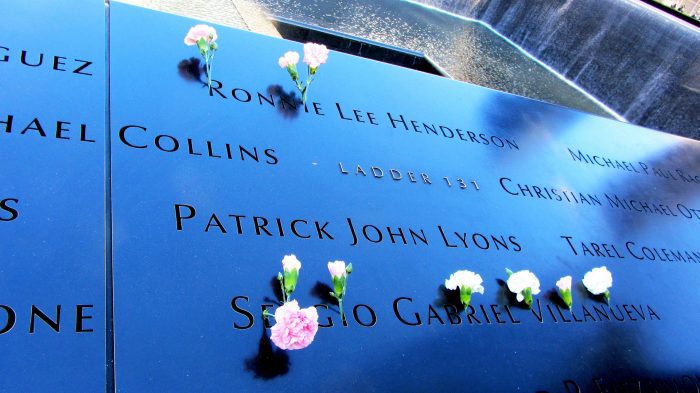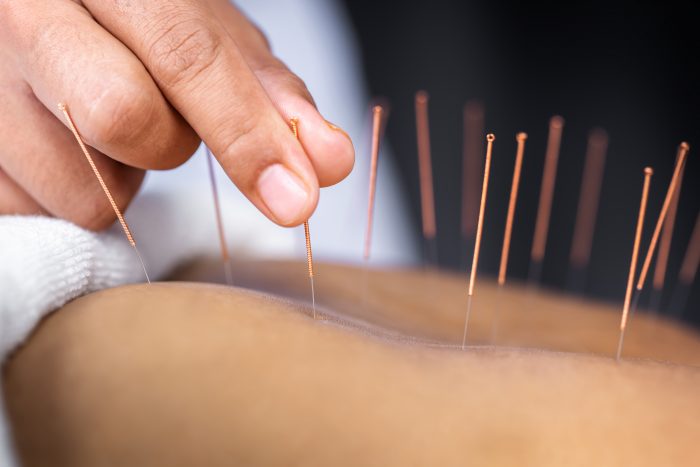By Leah S. Dunaief

Have you ever heard of reflective listening? While I like to think of myself as being a good listener, and really I should ask others who speak to me to make that determination, I came upon this new technique and thought I would share it with you.
Reflective listening is a communications strategy that involves two steps. The first is, if you are the listener, seeking to understand what the speaker is saying. So many times in our lives, we think we hear what the other person is saying, and it turns out we didn’t hear that person correctly at all. I think that is particularly true when on the phone or when reading a text or an email. We don’t have the benefit of seeing facial expressions or body language. And even when on Zoom, we don’t get a good look at the other person, nor do they have a good read of us.
Then the second step is to offer back the thought, and even the words of the speaker, to confirm that his or her idea was understood. Here is just a simple example between two people who sometimes quarrel that could be misunderstood.
“Do you want to go to a Yankee game with me Friday night for a change?” asks the speaker.
The listener hears, “Do you want to go to a Yankee game with me?” as opposed to with another person Friday night, and so reflects back the question accordingly by repeating, “Do I want to go to a Yankee game with you?”
The speaker can then clarify with, “Yes, do you want to go to a Yankee game Friday night instead of going bowling?”
By repeating the words, the listener has given the speaker a second chance at making his meaning clear. The listener then answers, “Yes, I would like to go to a Yankee game with you Friday night.”
This is probably an oversimplification of how a speaker might be misunderstood, but the essence of the reflective listening is to pay respectful attention to the content and the feelings expressed by the speaker. The listener hears and then understands what is being said and lets the speaker know that she has gotten the message.
This kind of “checking out” requires responding actively while keeping focused completely on the speaker. It’s a step beyond what is normally thought of as listening. It’s reflecting back accurately on both content and feeling levels.
Reflective listening offers a number of benefits. It lets the speaker know that they have been heard, understood, and perhaps, even cared for and supported, depending on the nature of the exchange. It gives the speaker feedback on what he or she said and how it was understood.
It allows the listener to check his or her own accuracy in hearing what the speaker said. It avoids the illusion of understanding. It helps prevent what has been termed the “mental vacation” in which the listener is inattentive during conversation. It can give the speaker a second chance to focus on self, vent, sort out issues, express feelings and deal more effectively with emotions.
It allows the speaker to move to deeper levels of expression at his or her own pace. It can help the speaker to articulate more clearly. It may help the speaker to arrive at a solution to a problem being voiced. It helps the listener clarify what is expected of him or her. It helps the listener to deal effectively with the issue, problem or needs the speaker raised.
In a confrontational exchange, it gives a couple of seconds pause, which might enable a cooling down.
In a social situation, it can create a climate of warmth between speaker and listener. In another situation, directions can be clarified by the listener. And as a technique in leading a group discussion, effective hearing, then repeating all points of view, is certainly required.
I hope you can see why I thought this one communication technique was worth sharing.





